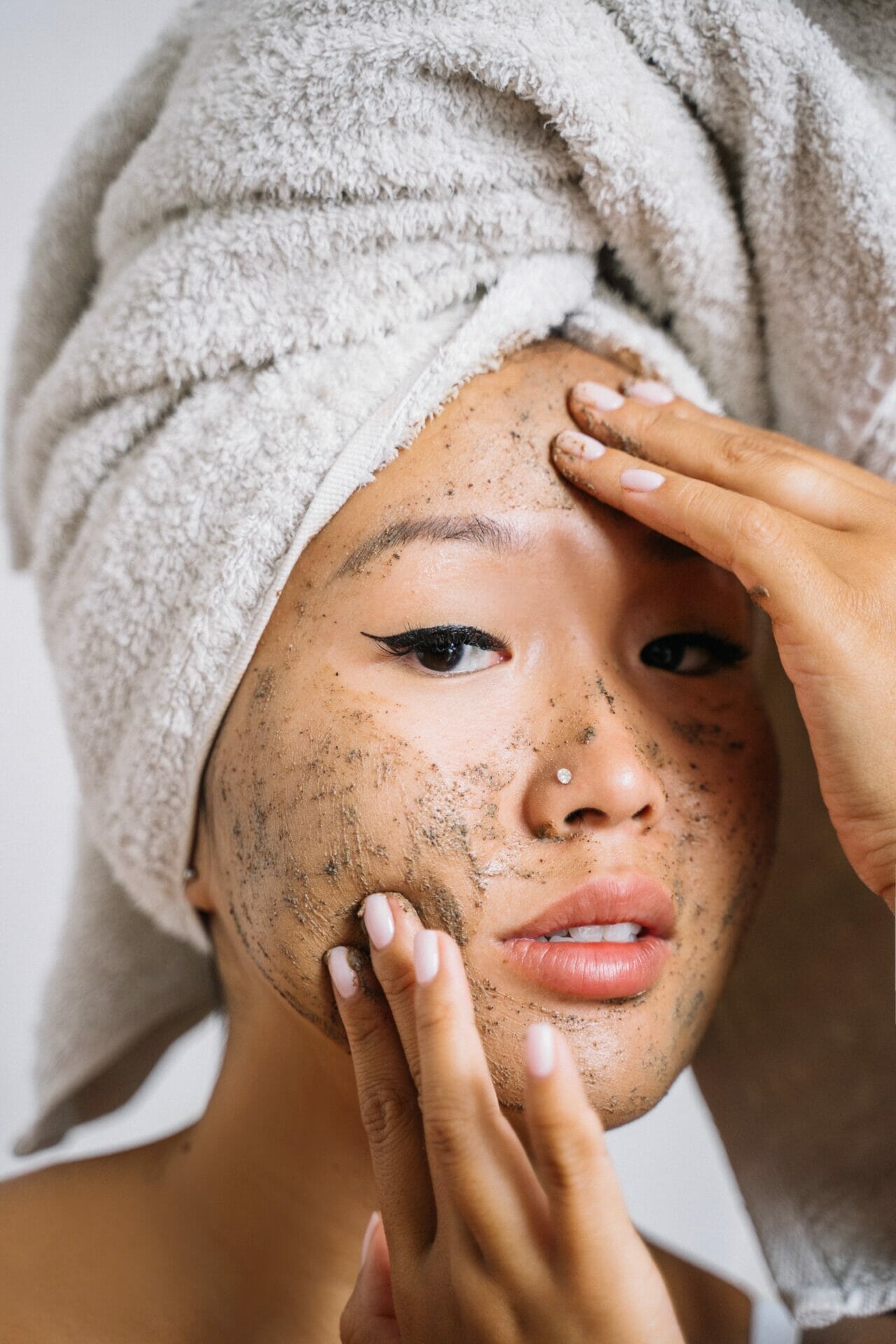Exfoliation helps you achieve a healthy, radiant complexion by removing the top layer of dead facial skin cells, revealing fresh, glowing skin underneath. But should you exfoliate your skin at home? How often should you exfoliate? Which products should you use? How do you know if it’s working? The expert estheticians at Center Medspa are here to break it down for you.
How often should you exfoliate your face?
Determining your skin type
Before determining how often you should exfoliate your face, it’s crucial to assess your skin type. There are different skin types such as oily, dry, sensitive, combination, and acne-prone. Knowing your skin type will help you choose the right exfoliant and determine the right frequency of exfoliation.
Frequency of exfoliation based on skin type
The recommended frequency of exfoliation varies depending on your skin type. Generally, it is recommended to exfoliate two to three times a week for oily skin, once or twice a week for normal or combination skin, and once a week or every two weeks for dry or sensitive skin. However, it’s essential to listen to your skin (and your esthetician or dermatologist!) and adjust the frequency accordingly. If your skin feels irritated or overly dry after exfoliation, reduce the frequency and consider trying a more gentle method of exfoliation.
Regardless of your skin type, remember: some products say that you can use daily, but that is not always wise or necessary. Pay attention to the health, comfort, and calmness of your skin to determine conclusively how often is right for you.
Which products should you use to exfoliate your skin?
There are many methods used for exfoliating the skin, each with its own benefits and drawbacks depending on your skin type, skin concerns, skincare routine, and more. This rundown should get you started!

Physical Exfoliation
Physical exfoliation involves the use of abrasive particles or tools to physically scrub away dead skin cells. This method can help improve skin texture and promote circulation. However, it’s important to use gentle products and techniques to avoid damaging the skin.
- Scrubs: These products work by physically removing the dead skin cells from the outer layer of the skin. They often contain small granules or particles that help to manually remove the buildup of dead skin cells. Physical exfoliants can be effective, but it’s essential to choose one with fine, smooth, gentle particles to avoid causing micro-tears or damage to the skin.
- Exfoliating Tools & Devices: In addition to chemical and physical exfoliants, there are various exfoliating tools and devices available in the market. These can include facial brushes, cleansing devices, or specialized exfoliating mitts. These tools can offer a deeper exfoliation and enhance the effectiveness of your skincare routine. However, it’s crucial to choose tools that are suitable for your skin type, use them with caution to avoid over-exfoliation, and clean and/or replace them regularly to ensure you’re not exposing your skin to nasty bacteria.
Chemical Exfoliation
Chemical exfoliants work by dissolving the bonds between dead skin cells in the outermost layer of your skin, allowing them to slough off more easily. They typically contain ingredients like alpha-hydroxy acids (AHAs) such as glycolic acid or lactic acid, or beta-hydroxy acids (BHAs) like salicylic acid. These exfoliants are generally gentler on the skin and suitable for all skin types, but we still recommend checking with your esthetician or dermatologist before incorporating a new chemical exfoliant into your routine.
- AHAs: AHAs are water-soluble acids derived from various sources, including fruits and milk. They work by loosening the bonds that hold dead skin cells together, allowing them to slough off more easily. AHAs are generally effective for improving the appearance of fine lines, uneven skin tone, and rough texture. Some common types of AHAs used in skincare include:
- Glycolic Acid: Derived from sugar cane, glycolic acid is one of the most popular AHAs. It has small molecules that penetrate the skin effectively, making it suitable for addressing various skin concerns.
- Lactic Acid: Found in milk, lactic acid is a milder AHA that can help improve skin hydration while exfoliating. It’s often recommended for those with sensitive skin.
- Citric Acid: Derived from citrus fruits, citric acid has both exfoliating and antioxidant properties. It can help brighten the skin and improve the appearance of dark spots.
- Malic Acid: Found in apples, malic acid is known for its gentle exfoliating properties. It can be a good option for those with sensitive skin.
- BHAs: BHAs are oil-soluble acids, which means they can penetrate into the pores and help dissolve excess sebum and dead skin cells. This makes them particularly effective for individuals with oily or acne-prone skin. The most common BHA used in skincare is:
- Salicylic Acid: Derived from willow bark, salicylic acid is known for its ability to penetrate the pores and exfoliate from within. It’s highly effective for treating acne, blackheads, and other blemishes.
- Enzyme Exfoliation: Enzyme exfoliation involves using natural enzymes, typically derived from fruits like papaya or pineapple, to break down the bonds between dead skin cells. This type of exfoliation is generally more gentle and suitable for sensitive skin.
- Microdermabrasion: Microdermabrasion is a professional exfoliation treatment that uses a machine to spray fine crystals onto the skin’s surface and then vacuum them away along with dead skin cells. It’s a more intensive method of physical exfoliation and is often performed by dermatologists or trained skincare professionals.
- Chemical Peels: Chemical peels are more intensive chemical exfoliation treatments performed by professionals. They use stronger concentrations of acids to remove the outermost layers of skin, revealing fresher, more youthful-looking skin underneath. Chemical peels can be tailored to different skin concerns and depths of exfoliation.
- Exfoliating Masks and Pads: There are also exfoliating masks and pre-soaked pads available that contain exfoliating ingredients. These can provide a convenient way to incorporate exfoliation into your skincare routine.

Choosing the right exfoliant for your skin type
Once you have identified your skin type, it’s essential to select an exfoliant that caters to your specific needs. For oily skin, exfoliants with salicylic acid or glycolic acid can be beneficial in controlling excess oil and preventing clogged pores. Dry skin or skin that’s very sensitive might benefit from gentle exfoliants with ingredients like lactic acid or fruit enzymes, which hydrate as they exfoliate. Acne-prone skin can benefit from exfoliants containing benzoyl peroxide or tea tree oil—but be careful, as these ingredients can be drying when overused or when not paired with proper skin hydration.
It’s important to note that when incorporating exfoliating acids into your skin care routine, it’s best to start with lower concentrations and gradually increase as your skin builds tolerance. Over-exfoliation by any means can lead to irritation, redness, and other skin issues if you’re not gentle, careful, and keeping a close eye on your skin. Additionally, using sunscreen during the day is crucial when using exfoliants, especially acids, as they can make your skin more sensitive to the sun.
What are the benefits of exfoliation?
Removing dead skin cells
One of the primary benefits of exfoliating your skin is the removal of dead skin cells. Throughout the day, our skin accumulates a layer of dead skin cells on its surface. Exfoliating helps to slough off these dead cells, revealing fresh and healthy skin underneath. By removing this layer, you can achieve a smoother and more radiant complexion.
Improving skin texture and tone
Exfoliating can also improve the texture and tone of your skin. By removing dead skin cells, it promotes cellular turnover and stimulates the production of new skin cells. This can help to reduce the appearance of fine lines, wrinkles, and uneven skin tone, giving your skin a more youthful and vibrant look.
Enhancing the effectiveness of other skincare products
This is the best little-known pro tip! By exfoliating your skin, you create a clean canvas for other skincare products to penetrate deeper. After exfoliation, your skin is more receptive to the benefits of moisturizers, serums, and treatments. By removing the barrier of dead skin cells, these products can work more effectively, providing optimal hydration and nourishment to your skin.

Sensitive skin? Don’t skip this section!
The importance of gentle exfoliation
When exfoliating your face, it’s crucial to be gentle to avoid causing irritation or damage to your skin. Avoid using excessive pressure or harsh scrubbing motions, as this can lead to redness and inflammation. Instead, let the exfoliant do the work and allow it to gently slough off dead skin cells.
Best practices for sensitive skin
If you have sensitive skin, it’s essential to choose gentle exfoliants specifically formulated for sensitive skin types. Look for products that are fragrance-free and hypoallergenic. It’s also advisable to do a patch test on a small area of your skin before applying the exfoliant to your entire face. Additionally, consider reducing the frequency of exfoliation to once every two weeks or as needed to prevent irritation.
Skin type: glowing.
Properly exfoliating your face is a key step in achieving and maintaining healthy, glowing skin. By determining your skin type, choosing the right exfoliant, and following a regular exfoliation routine, you can effectively remove dead skin cells, improve skin texture and tone, and enhance the overall health of your skin. Remember to be gentle and listen to your skin’s needs to ensure a successful exfoliation experience—but never shy away from scheduling a consultation with a local esthetician or dermatologist to establish an exfoliating routine that’s right for your skin.


